Home>Ideas and Tips>How To Create A Low-Maintenance Outdoor Space
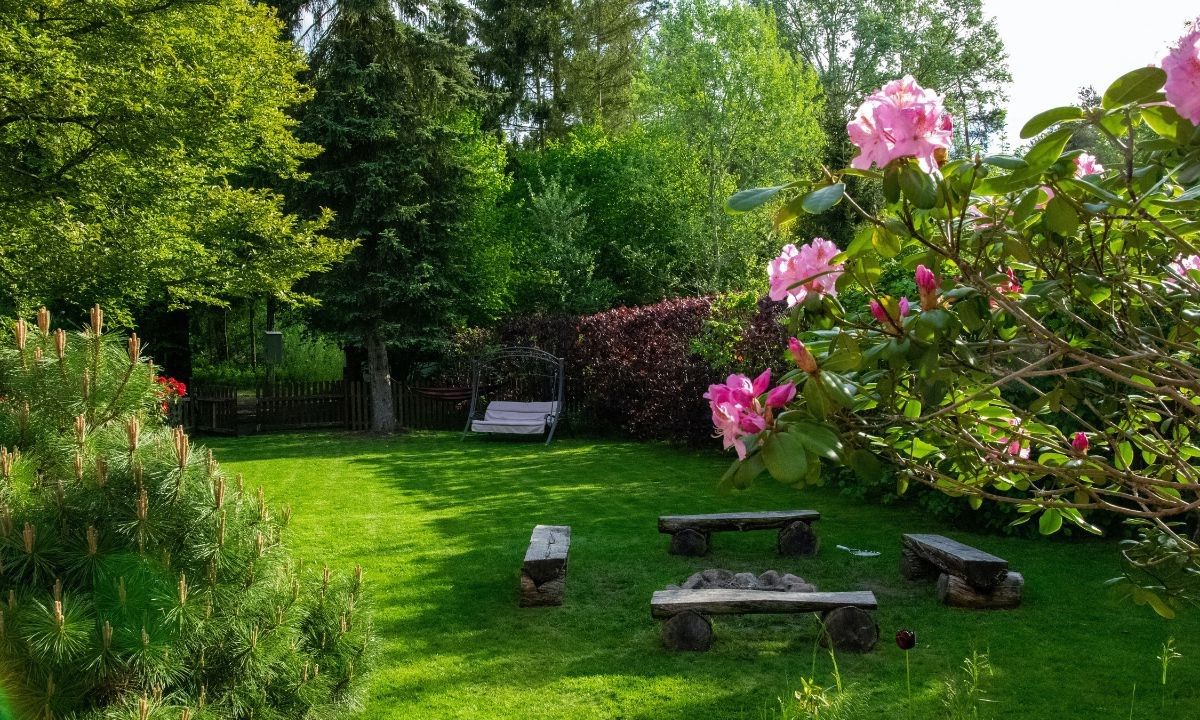

Ideas and Tips
How To Create A Low-Maintenance Outdoor Space
Published: November 1, 2024
Learn how to create a beautiful, low-maintenance outdoor space with expert tips on mulching, plant selection, and durable materials.
(Many of the links in this article redirect to a specific reviewed product. Your purchase of these products through affiliate links helps to generate commission for Storables.com, at no extra cost. Learn more)
Creating a low-maintenance outdoor space is a great way to enjoy your garden or yard without the hassle of constant upkeep. With the right advice and tips from landscaping professionals, you can create a beautiful and functional outdoor area that will provide years of enjoyment and beauty. In this article, we will explore the key elements and strategies for creating a low-maintenance outdoor space, including communication with landscape gardeners, the importance of mulching, starting small, choosing hard landscaping materials, and finding a good landscaper.
Communication with Landscape Gardeners
When it comes to creating a low-maintenance garden, communication is essential. Working with a professional landscape gardener can make all the difference in achieving your goals. Here are some reasons why communication is crucial:
-
Understanding Your Goals: Professional landscape gardeners will understand your vision for a low-maintenance garden and can offer expert advice on how to achieve it. They can help you identify the specific needs of your garden and suggest the best solutions.
-
Creating an Agreed Plan: Working on an agreed plan with your landscape gardener ensures that the project runs smoothly and stays within budget. This includes discussing costs, materials, and timelines to ensure that your vision comes to life without any surprises.
-
Asking Questions: It’s important to ask questions about the project to ensure you understand every aspect of it. This includes asking about the types of plants used, their maintenance requirements, and any specific care instructions.
Read more: Creating A Cozy Outdoor Dining Area
Example Scenario
Imagine you want to create a low-maintenance garden in your backyard. You start by consulting with a professional landscape gardener who understands your goals and vision. Together, you create a detailed plan that includes selecting plants that require minimal care, using durable hard landscaping materials, and incorporating mulch to retain moisture in the soil.
The Importance of Mulching
Mulch is an essential component of any low-maintenance garden. Here are some reasons why mulching is important:
-
Retaining Moisture: Mulch helps retain moisture in the soil, reducing the need for frequent watering. This is especially beneficial during dry spells when plants might otherwise suffer from dehydration.
-
Minimizing Weeds: Mulch keeps weeds at bay by blocking their growth and preventing them from competing with your plants for water and nutrients.
-
Reducing Maintenance: By minimizing the need for weeding and watering, mulch significantly reduces the amount of time and effort needed to maintain your garden.
Choosing the Right Mulch
When choosing mulch for your garden, it’s important to select the right type based on your specific needs. Here are some popular types of mulch:
-
Organic Mulch: Organic mulches like bark chips or wood chips are popular because they break down over time, adding nutrients to the soil. They also provide a natural look that blends well with most gardens.
-
Rockery Mulches: Rockery mulches offer a low-maintenance solution for landscaping. They are durable and require minimal upkeep but can be more expensive than organic options.
Starting Small
Starting small is key to creating a low-maintenance garden. Here’s why:
-
Learning as You Go: By starting with basic plants like shrubs and trees, you can learn more about the plants you’re using and develop a better understanding of what will work best in your garden.
-
Avoiding Overcrowding: Rushing into buying a lot of plants can often lead to an overcrowded garden that is hard to maintain. Starting small allows you to gradually add more complex planting as your skills develop.
-
Gradual Development: A gradual approach helps you avoid making mistakes that could be costly or time-consuming to correct later on.
Read more: Creating A Cozy Outdoor Yoga Space
Example of Starting Small
Let’s say you want to create a low-maintenance garden but are new to gardening. You start by planting a few shrubs and trees around the perimeter of your yard. As you gain experience, you can gradually add more plants like flowers or herbs that require minimal care.
Choosing Hard Landscaping Materials
Choosing durable hard landscaping materials is crucial for creating a low-maintenance garden. Here are some tips:
-
Durability Matters: Paving materials, decking, and walls should all be chosen with durability in mind to ensure they stand the test of time without needing frequent repairs.
-
Natural Materials: Natural materials like sandstone, slate, and granite are excellent choices because they require minimal maintenance compared to man-made surfaces.
-
Maintenance Considerations: When selecting hard landscaping materials, consider how easy they are to clean and maintain. For example, materials with smooth surfaces may be easier to clean than those with intricate patterns.
Example of Choosing Hard Landscaping Materials
Imagine you’re planning to install a patio in your backyard. You choose durable natural stone like slate because it’s easy to clean and resistant to weathering. This choice ensures that your patio remains beautiful and functional for years without needing extensive maintenance.
Finding a Good Landscaper
Finding a good landscaper is essential for creating a low-maintenance garden that meets your expectations. Here’s how:
-
Word of Mouth: Word of mouth remains one of the best ways to find a reliable landscaper. Ask friends and family for recommendations based on their experiences.
-
Online Reviews: Check online reviews to get an idea of a landscaper’s work quality and customer satisfaction.
-
Visiting Completed Jobs: Visit jobs that the landscaper has completed to get an understanding of their style and attention to detail.
-
Asking Questions: Don’t be afraid to ask questions during consultations or site visits. Ensure you are happy with their answers before committing to a project.
Read more: Creating A Cozy Outdoor Dining Area
Example Scenario
You decide to hire a landscaper based on a friend’s recommendation. During the consultation, you ask questions about their experience with low-maintenance gardens, their approach to mulching, and their selection process for hard landscaping materials. After visiting one of their completed projects, you feel confident that they can deliver what you need.
Additional Tips for Creating a Low-Maintenance Garden
In addition to the strategies mentioned above, here are some additional tips for creating a low-maintenance garden:
-
Selecting Low-Maintenance Plants: Choose plants that are known for their low-maintenance requirements. Succulents and groundcovers are excellent options because they require minimal watering and care.
-
Using Drip Irrigation: Drip irrigation systems deliver water directly to the roots of plants, reducing evaporation and runoff. This method is highly efficient and can save you time and water.
-
Incorporating Rain Barrels: Rain barrels collect rainwater for later use in your garden. This reduces the need for municipal water supplies and can help with irrigation during dry spells.
-
Creating a Functional Layout: Design your garden with functionality in mind. For example, consider creating separate areas for different activities like seating, dining, or gardening.
-
Using Automation Tools: Consider using automation tools like smart sprinkler systems or automated lighting to make maintenance easier and more efficient.
Conclusion
Creating a low-maintenance outdoor space requires careful planning and execution. By understanding the importance of communication with landscape gardeners, using mulch effectively, starting small, choosing durable hard landscaping materials, and finding a reliable landscaper, you can enjoy your garden without the hassle of constant upkeep. Remember to select low-maintenance plants, incorporate efficient irrigation systems like drip irrigation or rain barrels, create a functional layout for your garden, and consider using automation tools to make maintenance easier. With these strategies in place, you’ll be able to enjoy your beautiful outdoor space for years to come.
By following these tips and strategies outlined in this article, you’ll be well on your way to creating a stunning yet practical low-maintenance outdoor space that enhances both your lifestyle and property value. Whether you’re a seasoned gardener or just starting out, these guidelines will help you achieve your vision while minimizing the effort required for upkeep.
Was this page helpful?
At Storables.com, we guarantee accurate and reliable information. Our content, validated by Expert Board Contributors, is crafted following stringent Editorial Policies. We're committed to providing you with well-researched, expert-backed insights for all your informational needs.
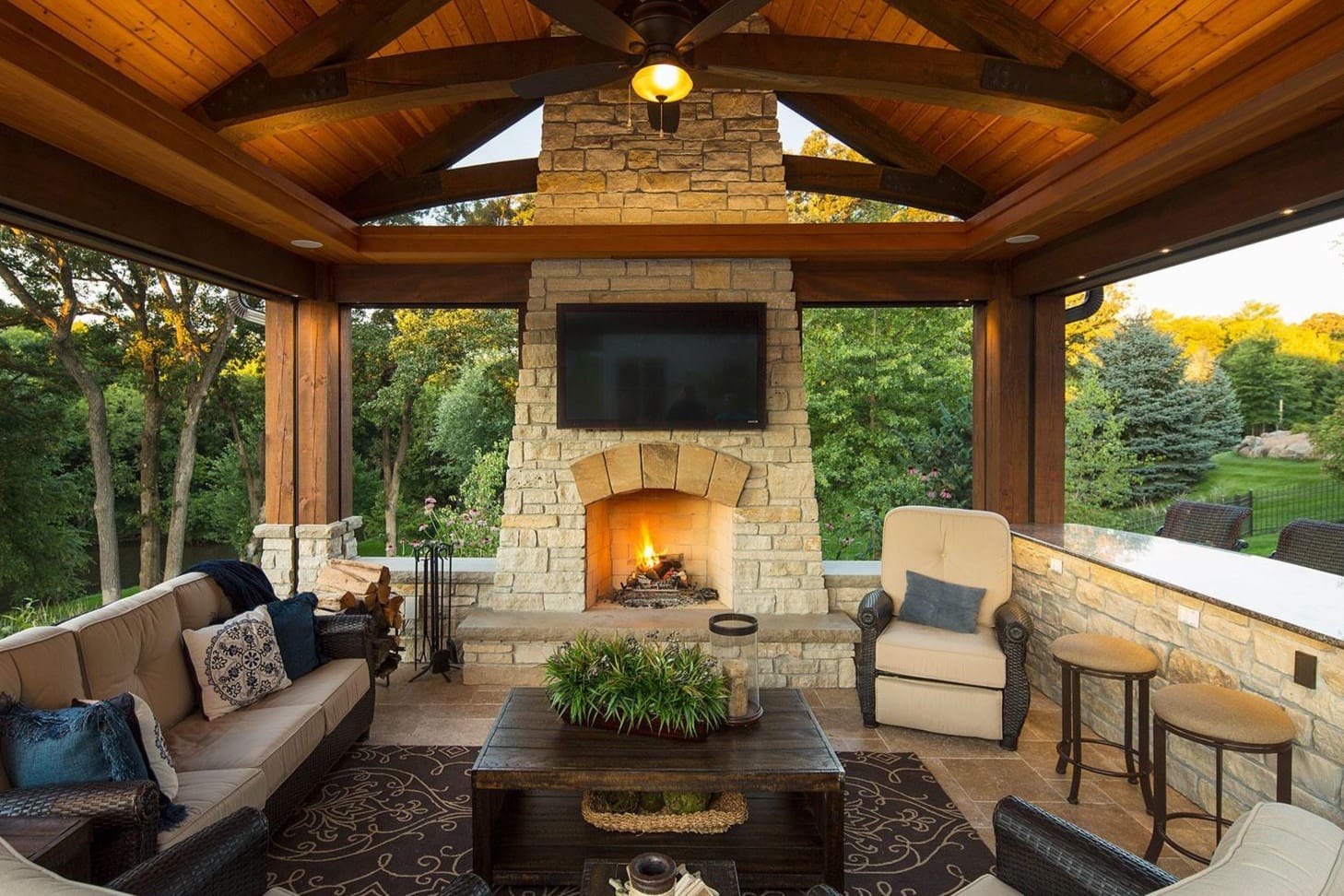
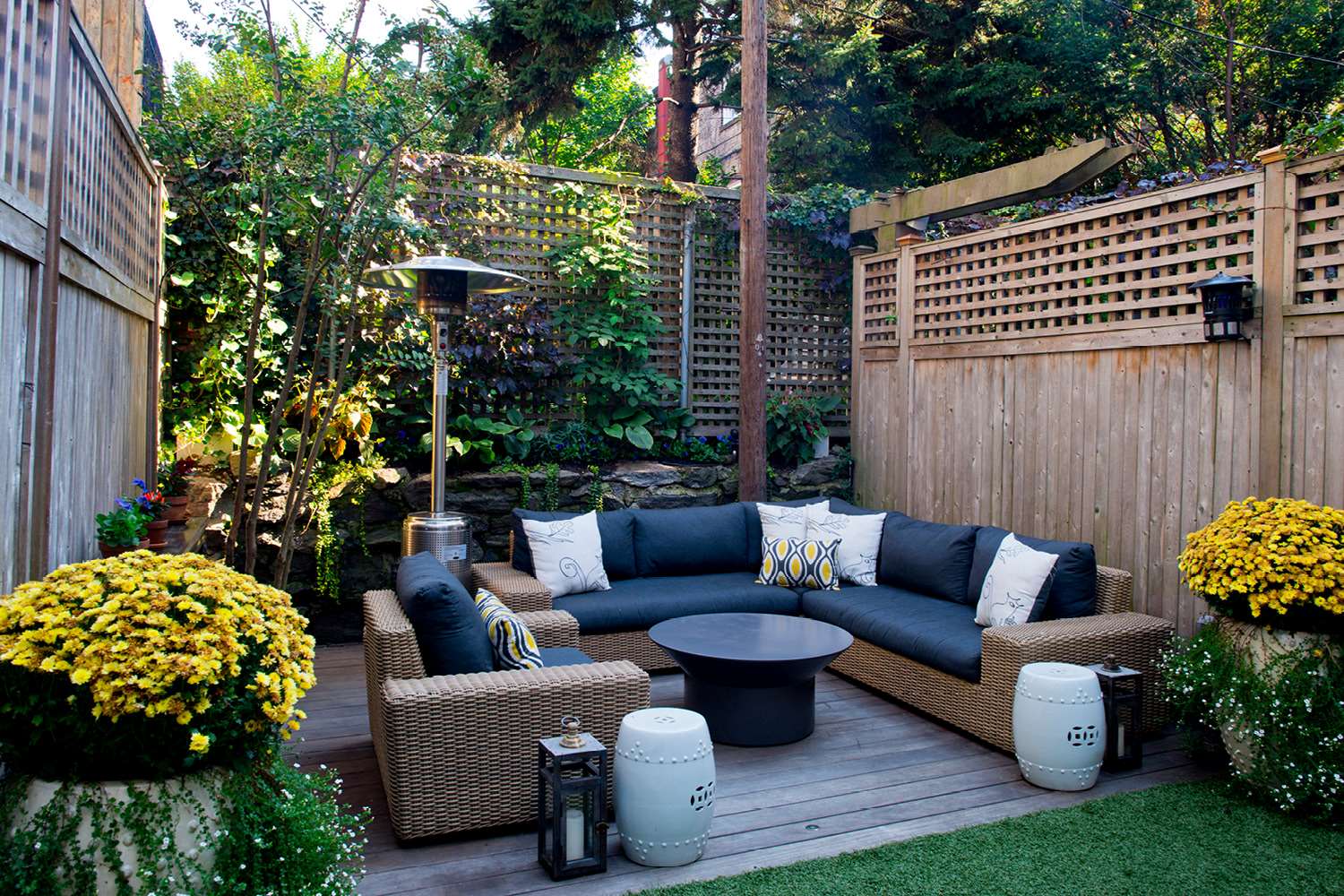
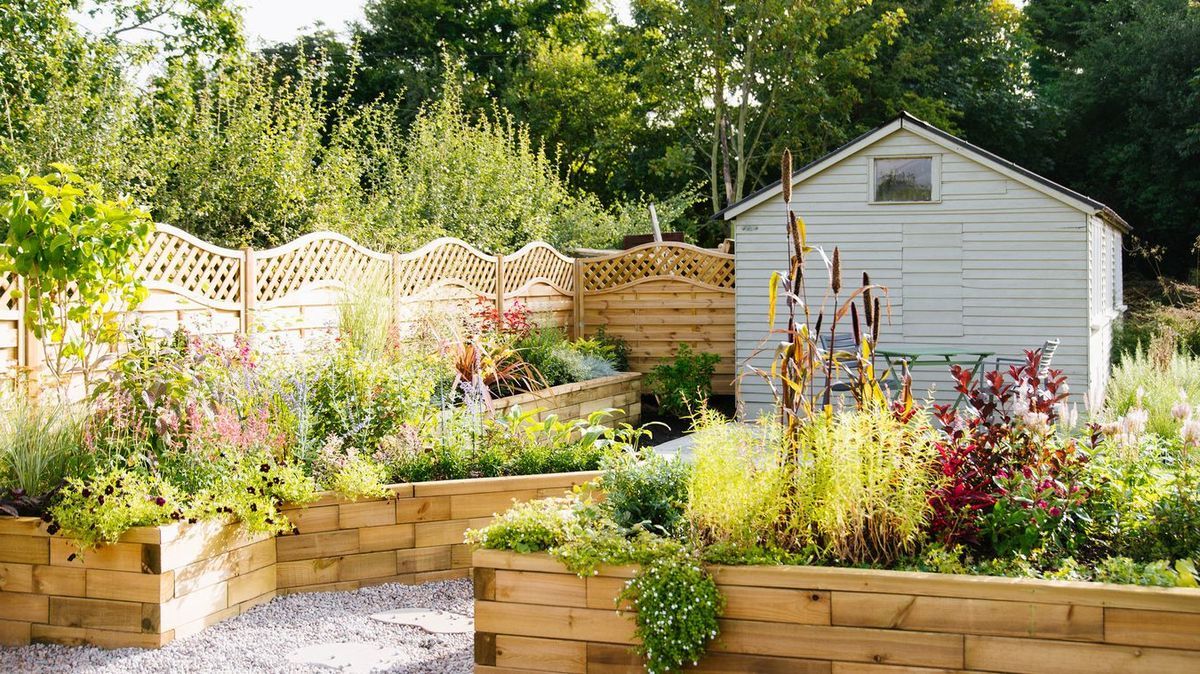
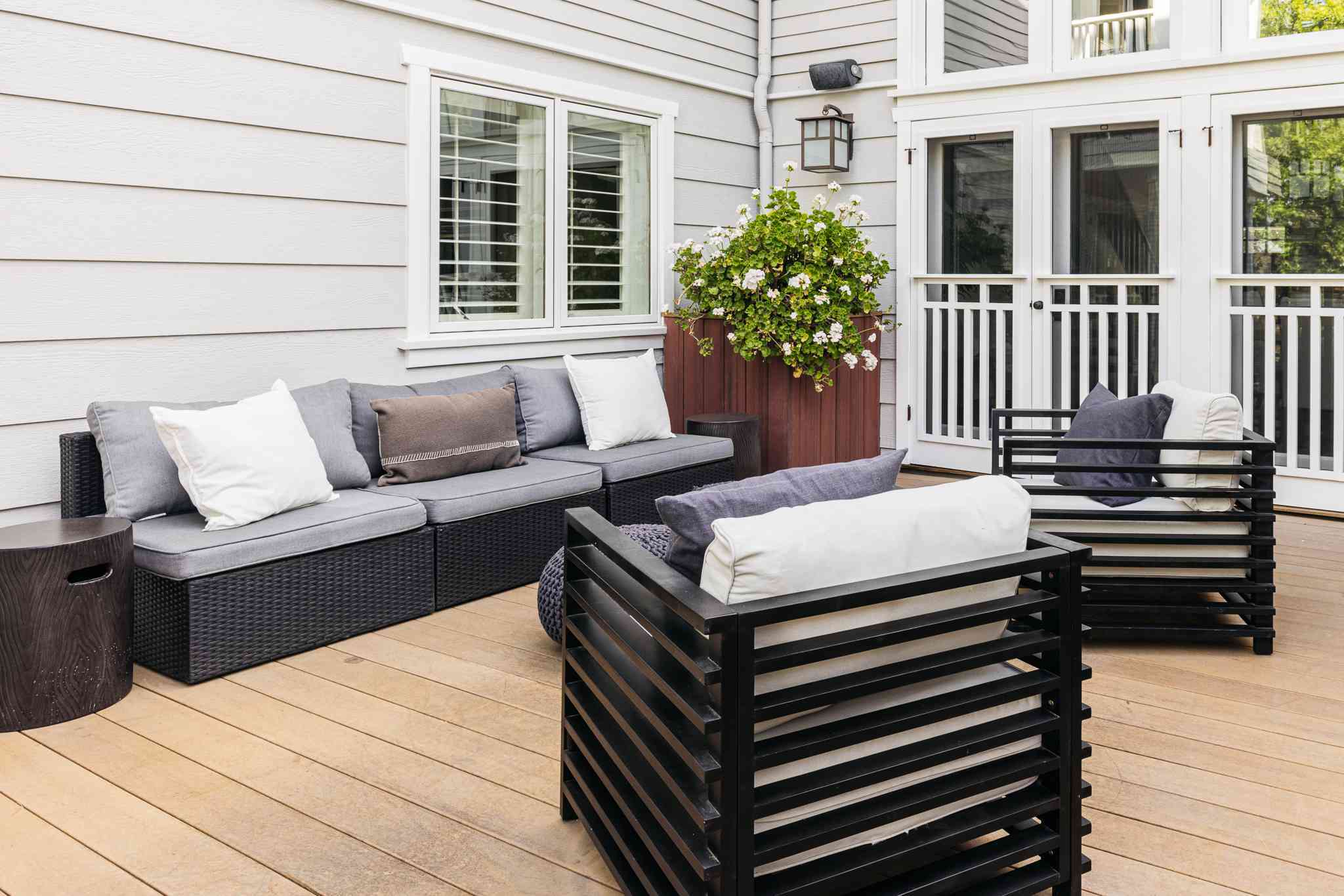
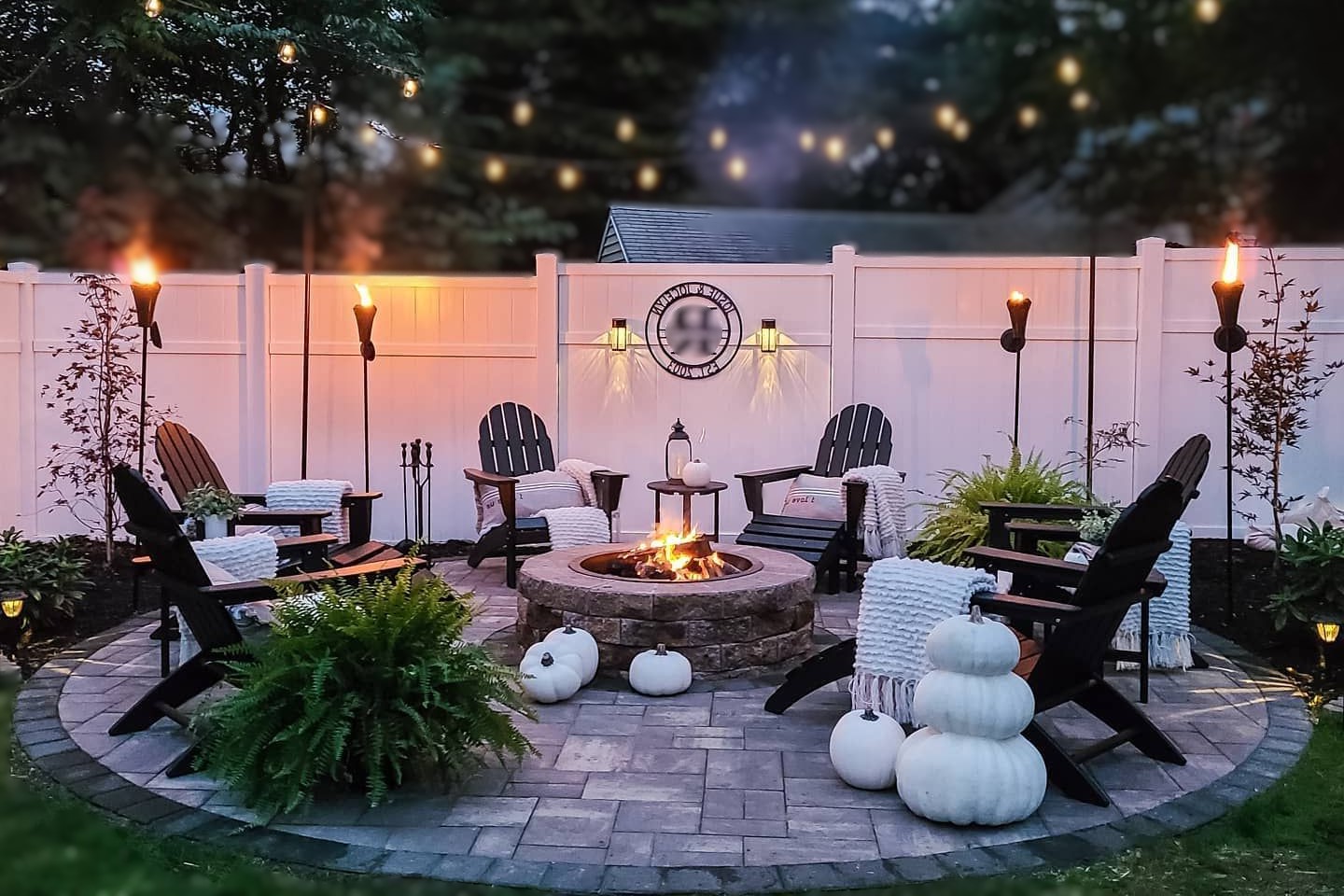
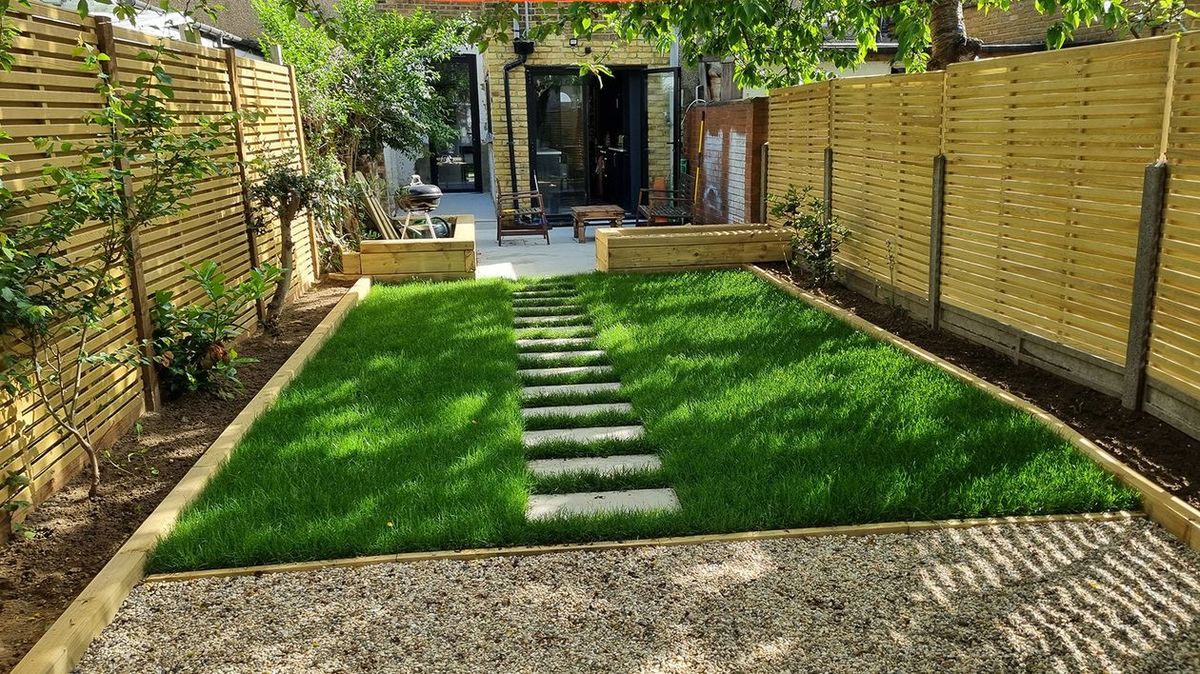

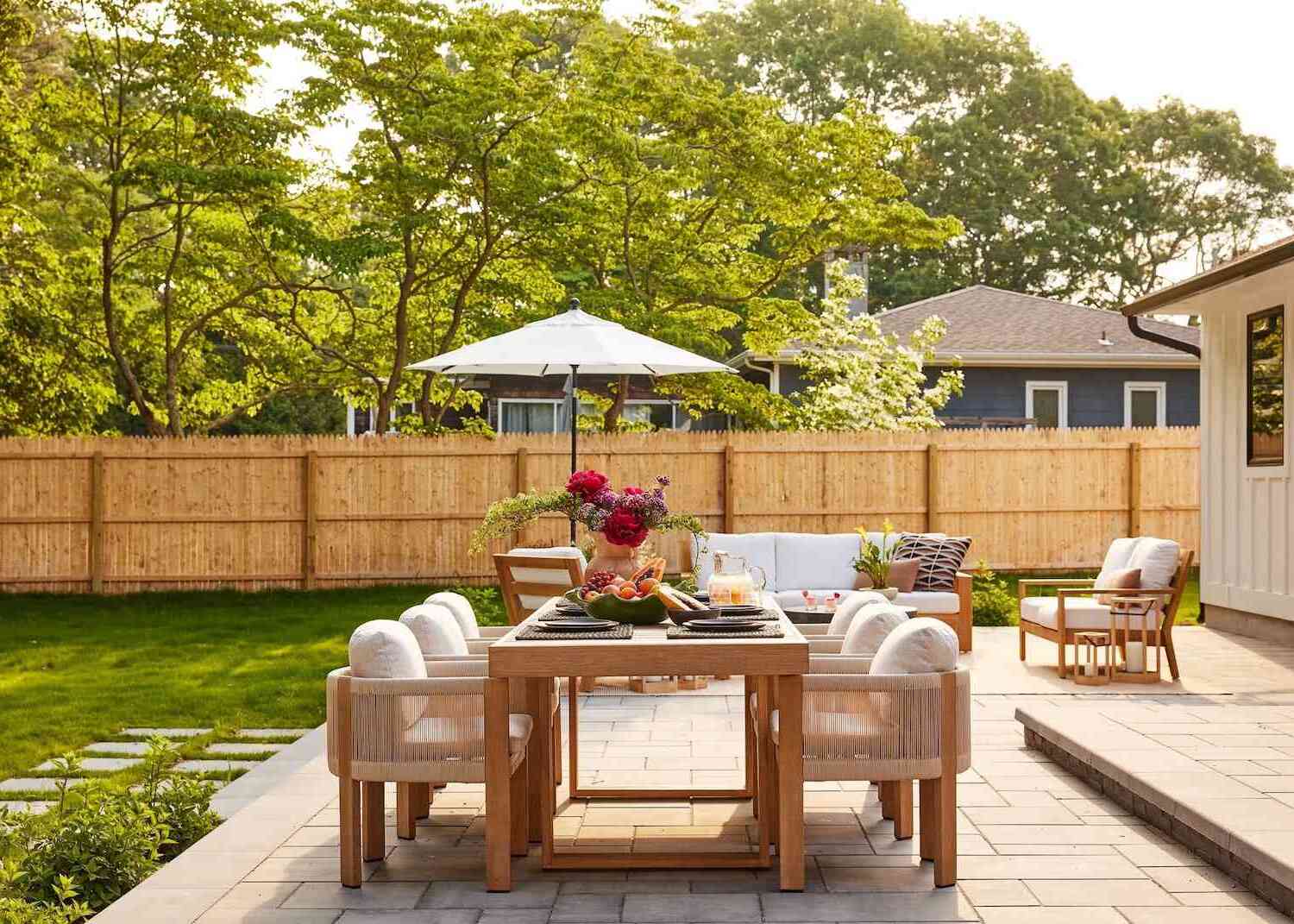
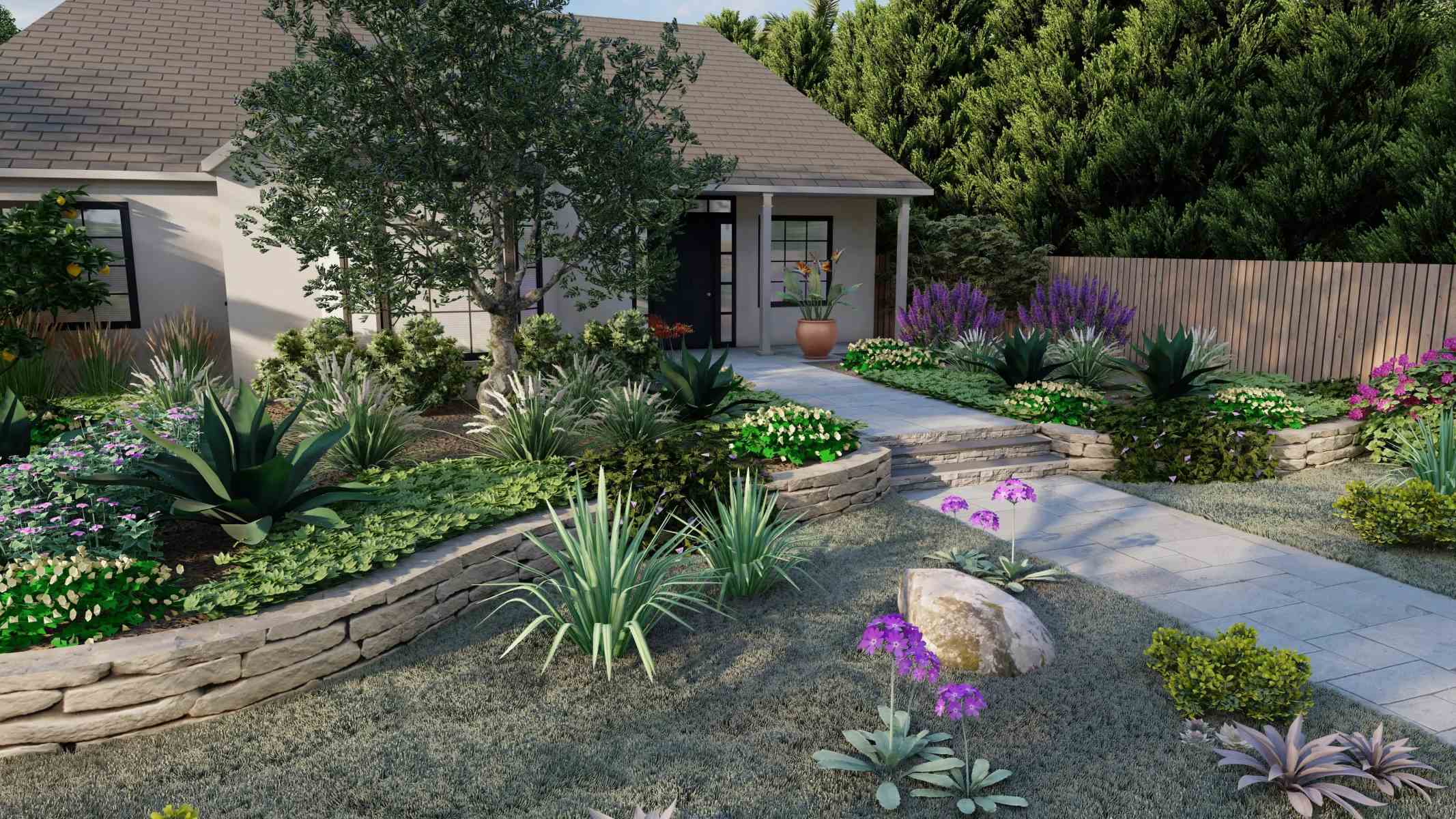
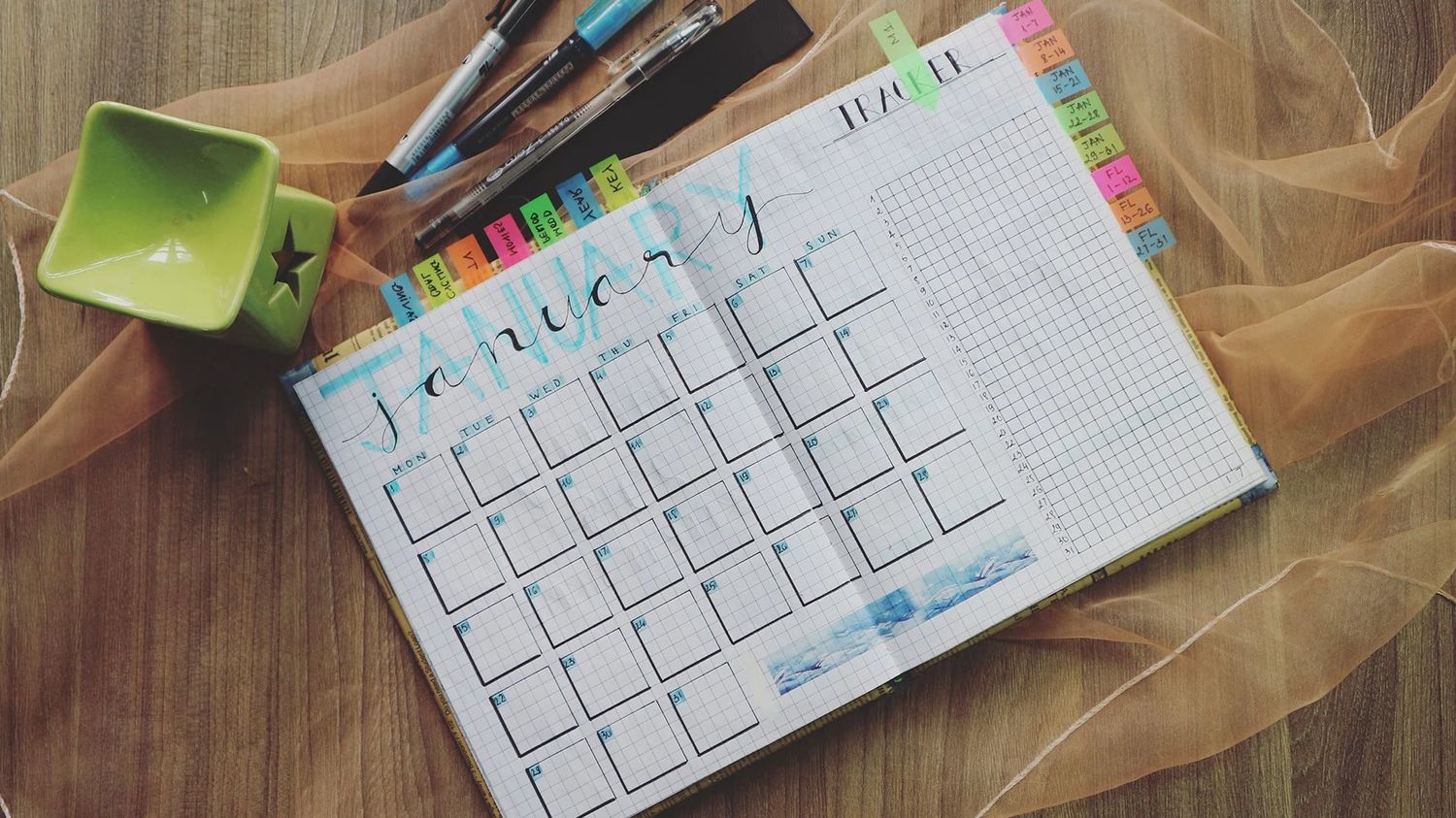
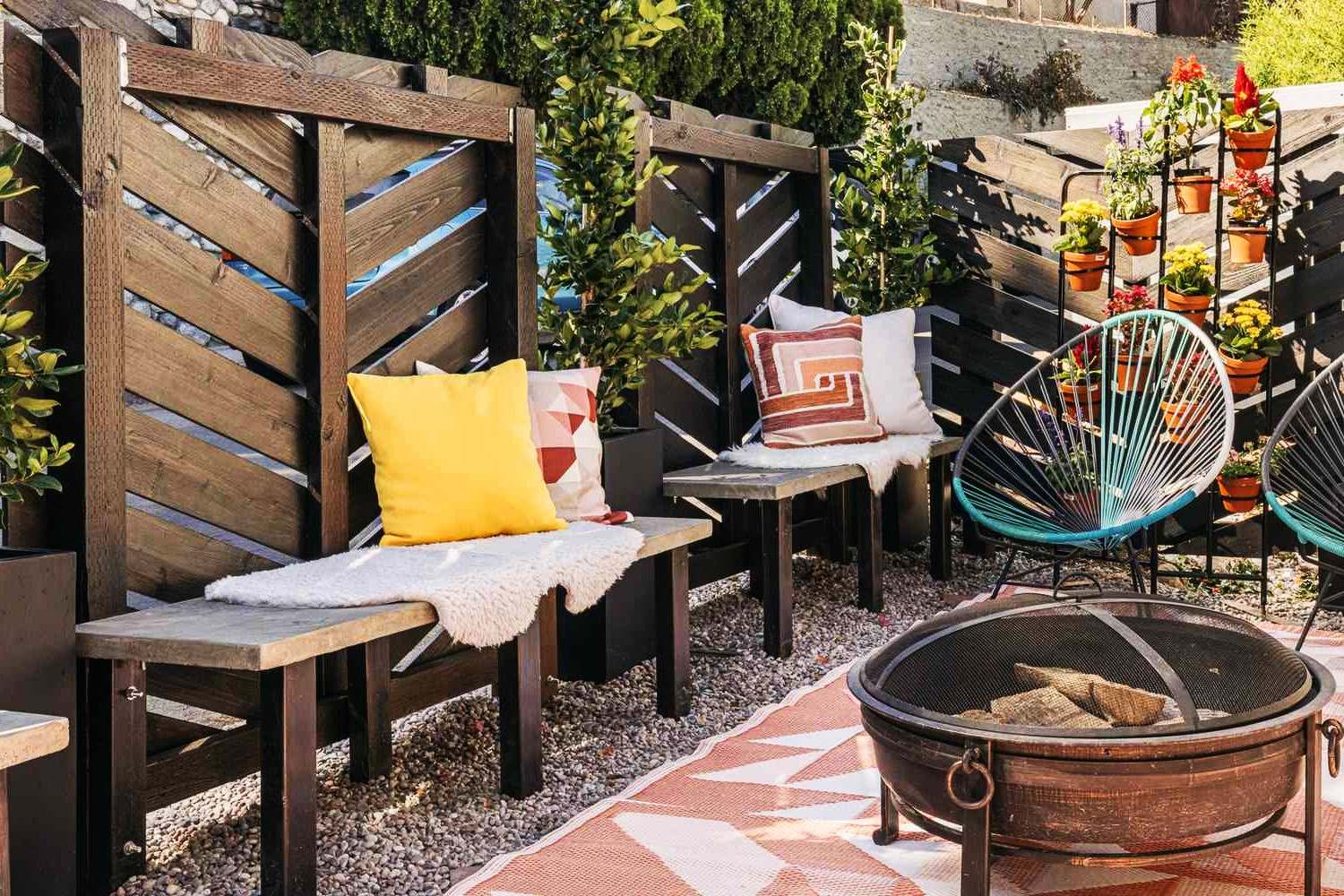
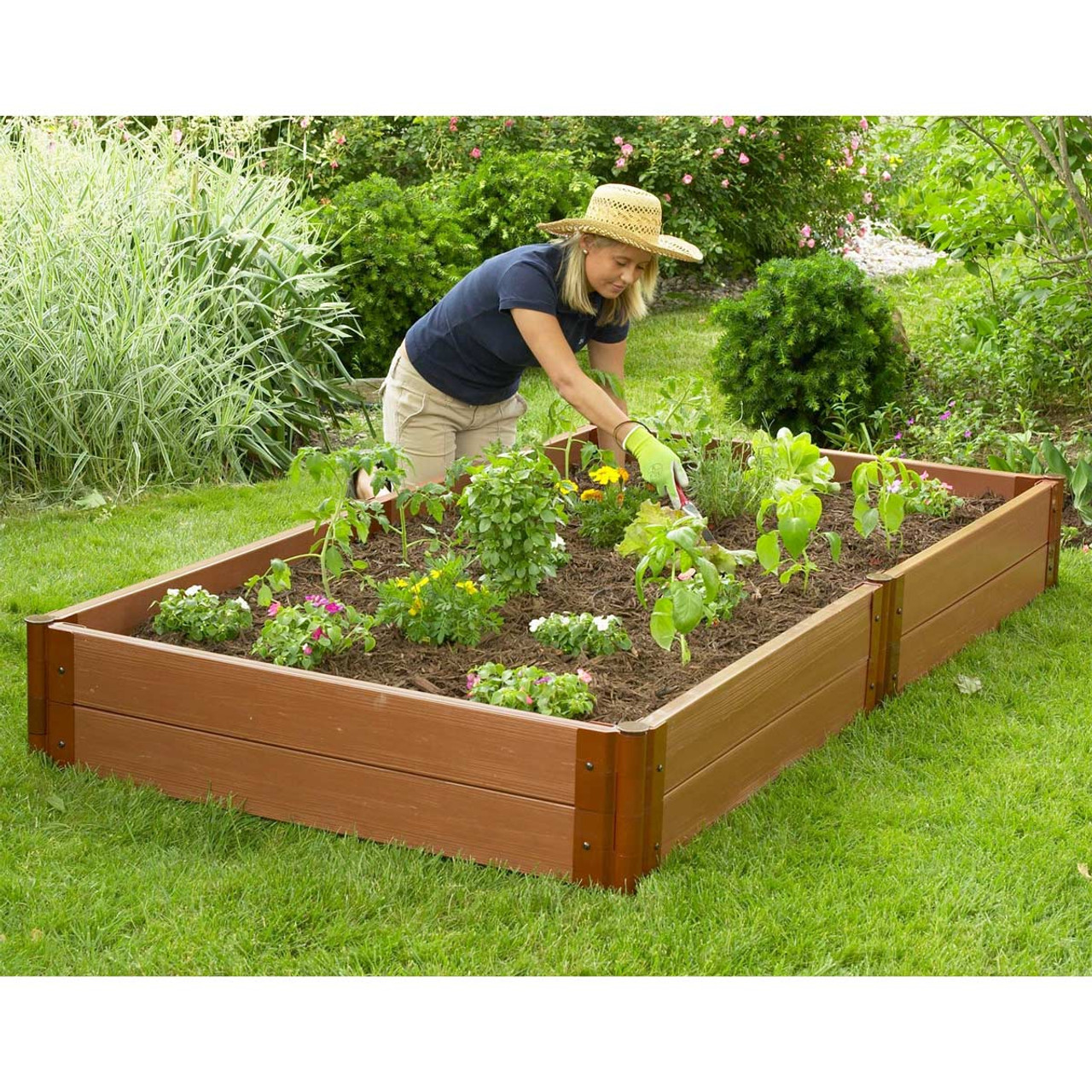
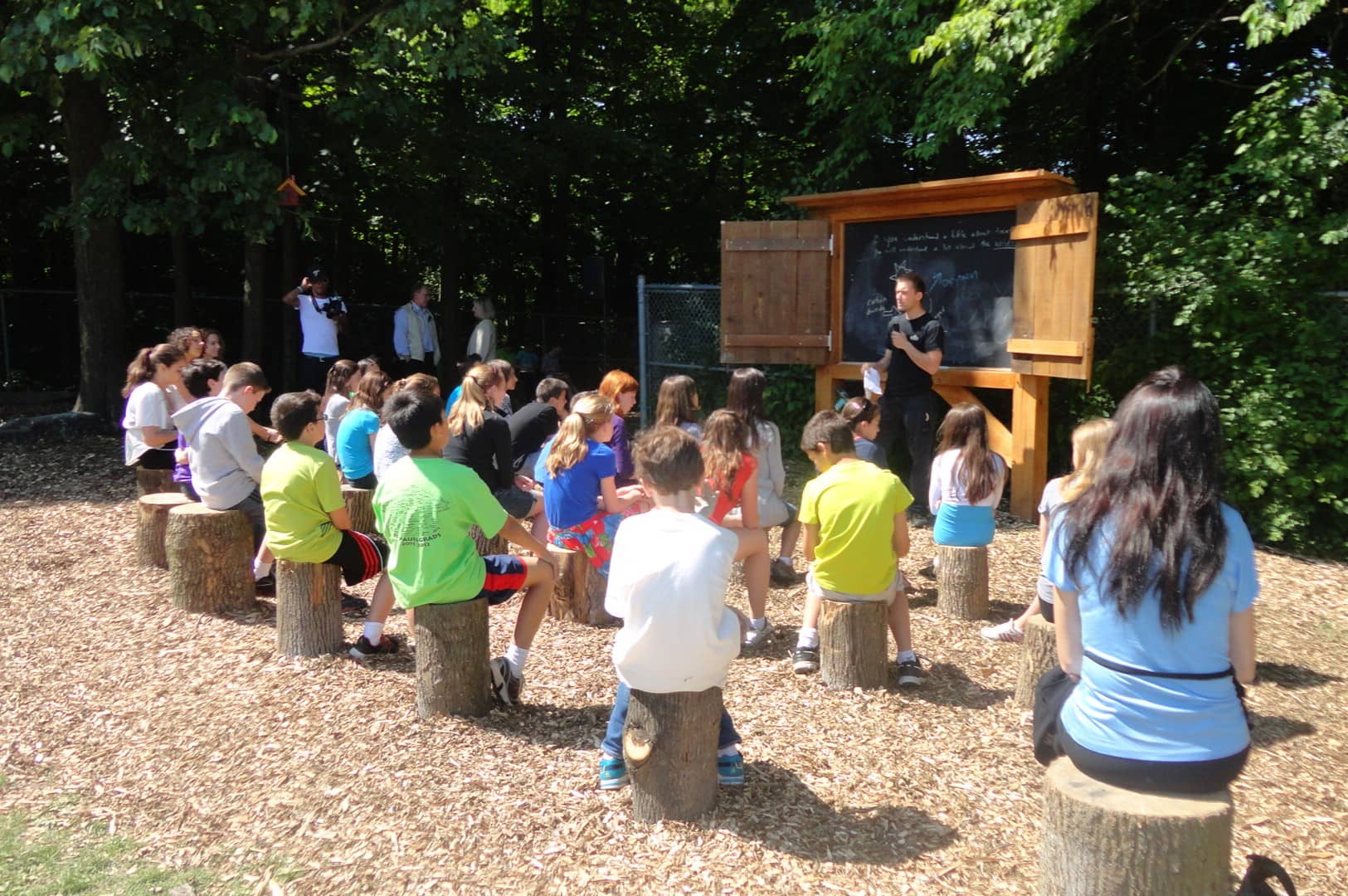

0 thoughts on “How To Create A Low-Maintenance Outdoor Space”